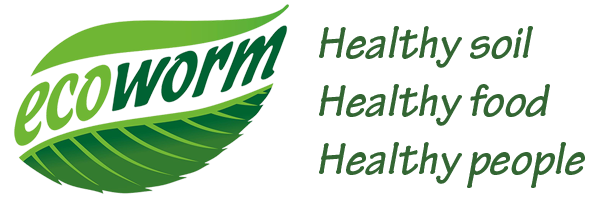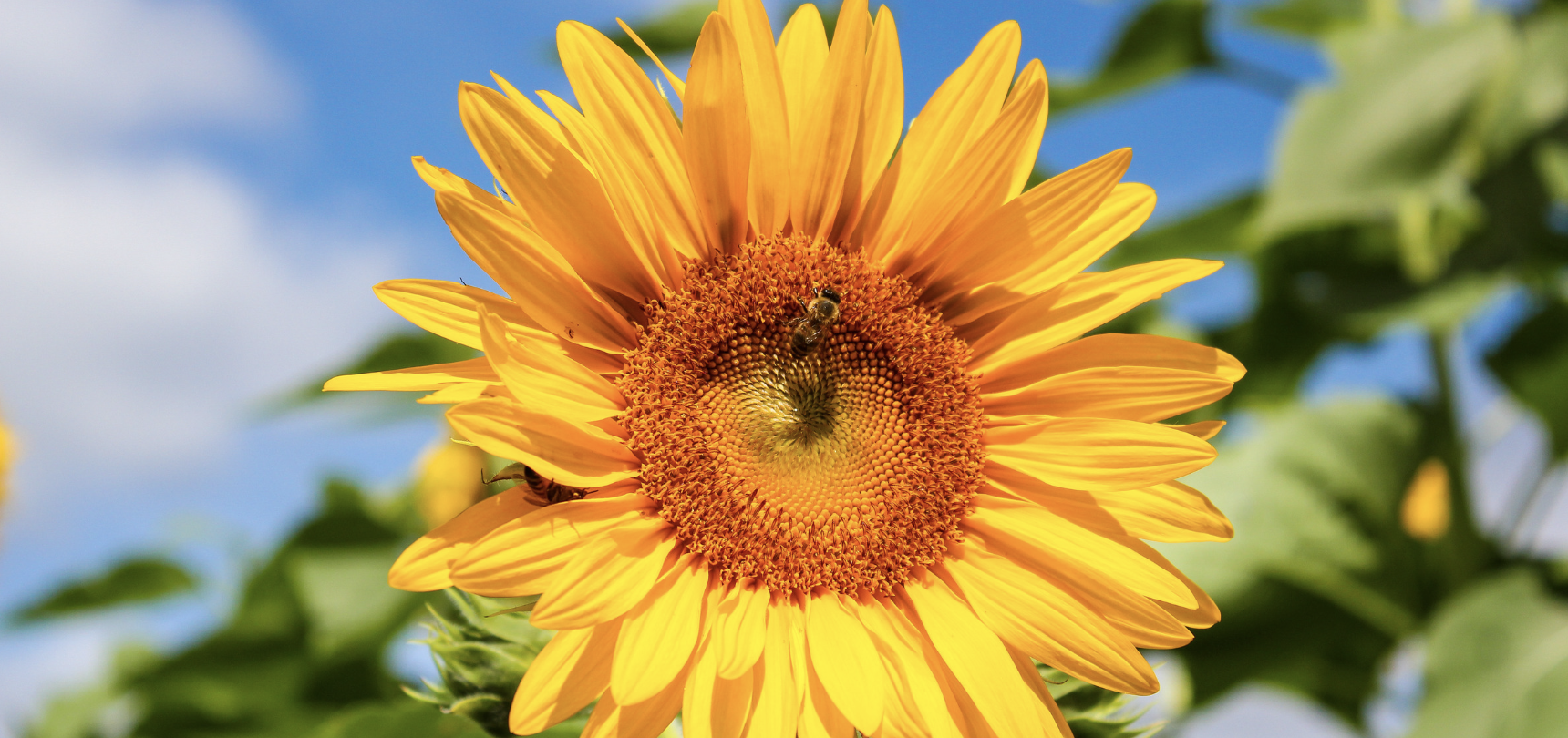As the summer days wane and the crispness of fall begins to hint at the horizon, it’s time to focus on the September garden chores that will set the stage for a thriving garden in the coming months. Planting by USDA Zone provides a clear guide on what to plant and when, but pairing this with local knowledge and year-to-year observations will ensure your gardening success. Here’s a comprehensive guide to September tasks for each USDA Zone, including some eco-friendly tips to keep your garden in top shape.
Zone 4
1. Plant Cool-Season Crops: September is an excellent time to plant leaf lettuce, chard, spinach, and radishes. These hardy crops can still be planted for a fall harvest.
2. Pest Control: Keep an eye out for pests, particularly bean beetles which can make a strong comeback in late summer. Use Ecoworm Potassium Soap to manage pests naturally and effectively.
3. Bring Houseplants Indoors: If you’ve been keeping houseplants outside for the summer, bring them in before the weather gets too cold. Give them a thorough watering to remove any lingering insects. Inspect them daily for pests and treat as needed.
4. Mulch for Winter: Start preparing for winter by mulching your garden beds. While bagged mulch is convenient, ordering a truckload can be more economical. Consider splitting a load with neighbors if you have excess.
5. Transplant Perennials: Fibrous-rooted perennials should be divided and transplanted every 3-5 years. Fall is the best time for spring-flowering perennials, while fall-blooming plants like chrysanthemums should be divided in spring.
6. Harvest and Store Crops: Harvest pumpkins, summer squashes, and gourds before the first frost. Handle them carefully to avoid damaging the rind, which can cause quicker deterioration. Continue harvesting cool-season veggies like radishes, lettuce, and broccoli.
Zone 5
1. Fall Planting: You can still plant leaf lettuce, chard, spinach, and radishes for fall harvest. These cool-season crops thrive in September’s cooler temperatures.
2. Pest Management: Regular pest inspections are crucial, especially for bean beetles. Utilize Ecoworm Potassium Soap to keep pests under control without harming the environment.
3. Indoor Plants: Bring in houseplants that have been outdoors for the summer. Water them well to flush out any pests and check them frequently for new infestations.
4. Mulching: Prepare your garden beds for winter by mulching. If you need a large amount, consider sharing a truckload with neighbors to save on costs.
5. Transplanting Perennials: Divide and transplant fibrous-rooted perennials now. Cut back the tops to 4-6 inches to minimize transplant stress and ensure the new site is well-prepared.
6. Harvesting: Harvest pumpkins, summer squashes, and gourds before frost. Handle them gently to prevent damage. Keep up with the harvest of cool-season vegetables and consider the flavor enhancement that frost can bring to certain crops like Brussels sprouts and kale.
7. Soil Improvement: Fall is ideal for adding organic matter to your garden soil. Incorporate manure, compost, and leaves to boost soil health. Wood ashes can also be added as a top dressing for a nutrient boost. Consider adding Ecoworm Soil Extract to your soil.
Zone 6
1. Cool-Season Planting: Continue planting leaf lettuce, chard, spinach, and radishes for a fall harvest.
2. Pest Control: Bean beetles can be a problem, so stay vigilant with pest inspections. Use Ecoworm Potassium Soap to naturally address pest issues.
3. Bring Houseplants Indoors: By mid-month, bring your houseplants inside. Water them thoroughly before bringing them in to remove insects. Inspect them daily for pests in the initial weeks.
4. Winter Preparation: Start mulching your garden beds for winter. Consider getting a truckload of mulch and share it with neighbors if needed.
5. Transplanting Perennials: Divide and transplant fibrous-rooted perennials now. Ensure you prepare the new planting site thoroughly and cut back tops to reduce stress.
6. Harvest: Harvest pumpkins, summer squashes, and gourds before the first frost. Continue harvesting cool-season vegetables and enjoy the enhanced flavor of some crops after frost.
7. Soil and Cover Crops: Improve your garden soil by adding organic matter. Plant cover crops by mid-month to prepare for winter.
Zone 7
1. Planting Fall Crops: Keep planting spinach, lettuce, radishes, arugula, Asian greens, kale, and collards. These crops thrive in cooler September temperatures.
2. Pest Control: Inspect for pests, particularly bean beetles, and use Ecoworm Potassium Soap to manage them effectively.
3. Indoor Plants: Bring in houseplants from outside by mid-month. Water thoroughly before bringing them in and check for pests regularly.
4. Mulching: Prepare your garden beds for winter with mulch. A truckload can be a cost-effective solution if you share with neighbors.
5. Transplanting Perennials: Now is the time to divide and transplant perennials that flower in spring. For fall-blooming perennials like chrysanthemums, wait until spring.
6. Harvest and Soil Care: Harvest pumpkins, summer squashes, and gourds before frost. Continue harvesting cool-season crops and add manure, compost, and leaves to your soil. Consider planting cover crops.
7. Perennial and Bulb Care: Mark locations of perennial flowers and bulbs that are going dormant. Fertilize roses for the last time this year. Use Ecoworm Soil Extract. Roses love it!
Zone 8
1. Fall Crops: Continue planting spinach, lettuce, radishes, arugula, Asian greens, kale, and collards. These crops are ideal for fall harvest.
2. Pest Management: Monitor for pests and use Ecoworm Potassium Soap to address any issues.
3. Indoor Plants: Bring houseplants indoors by mid-month. Water them well to remove pests and inspect them regularly for any new infestations.
4. Mulch Preparation: Prepare for winter by mulching your garden beds. If you need a large amount, consider splitting a truckload with neighbors.
5. Transplanting Perennials: Divide and transplant fibrous-rooted perennials now. Ensure that the new site is well-prepared and cut back tops to reduce transplant stress.
6. Harvest and Soil Improvement: Harvest pumpkins, summer squashes, and gourds before frost. Continue harvesting cool-season crops and add organic matter to your garden soil.
7. Garlic and Sweet Potatoes: Start planting garlic, shallots, and perennial onions for next year. Dig up sweet potatoes and peanuts while the weather is still warm.
Zone 9
1. Refresh Summer Beds: If needed, refresh summer beds with ageratum, coleus, celosia, zinnia, and wax begonia for fall color.
2. Herb Planting: Plant herbs that tolerate early fall temperatures, such as Mexican tarragon, mint, rosemary, and basil.
3. Cool-Season Vegetables: Plant a variety of cool-season vegetables and monitor irrigation systems to ensure proper coverage.
4. Perennials and Bulbs: Divide and replant perennials and bulbs that need rejuvenation. Add organic matter to new planting areas.
5. Fertilizing: Fertilize citrus with a balanced fertilizer either this month or in October. Be aware of local ordinances regarding fertilizer use.
6. Fall Vegetable Garden: Prepare your fall vegetable garden if you haven’t done so already. Use seeds or transplants from local garden centers.
Zone 10
1. Refresh Summer Beds: Add color to summer beds with scarlet sage, nasturtium, celosia, and wax begonia.
2. Herb Planting: Continue planting herbs like Mexican tarragon, mint, rosemary, and basil.
3. Cool-Season Vegetables: Plant cool-season vegetables and monitor irrigation systems for effective coverage.
4. Native Shrubs: Consider planting native shrubs that attract birds, such as beautyberry and firebush.
5. Fertilizing: Check local regulations and use controlled-release nitrogen fertilizers for citrus.
6. Fall Garden Preparation: Prepare your fall vegetable garden if you haven’t already, and use transplants or seeds as needed.
7. Perennial and Bulb Care: Divide and replant perennials and bulbs, and add organic matter to planting beds.
By tackling these September tasks specific to your USDA Zone, you’ll set your garden up for success and prepare it for the coming seasons. For an eco-friendly approach, consider using Ecoworm Potassium Soap for pest control and Ecoworm Soil Extract to enhance soil health. Happy gardening! 🌿🍂


Comments are closed